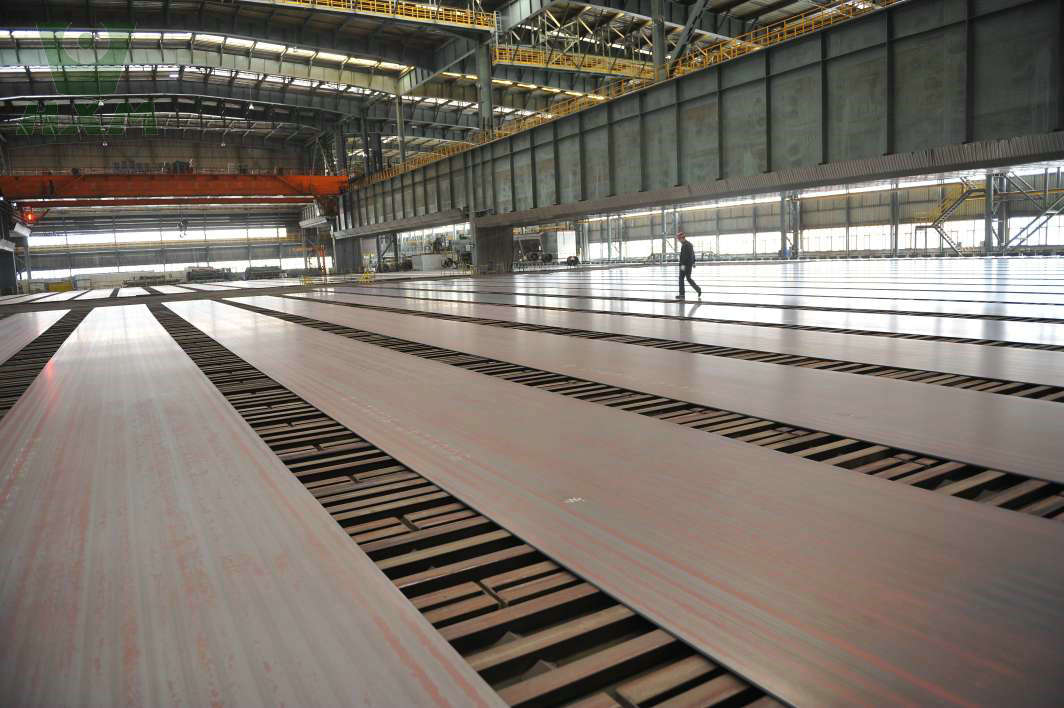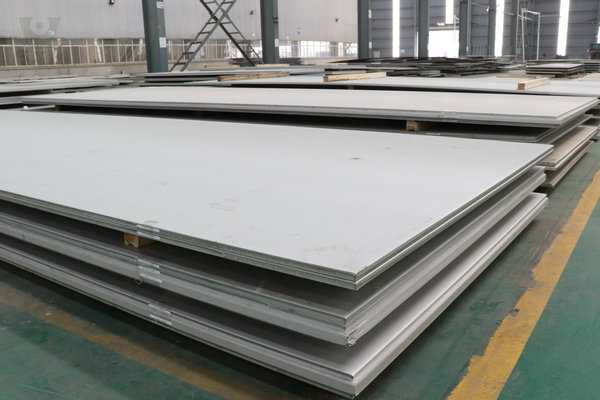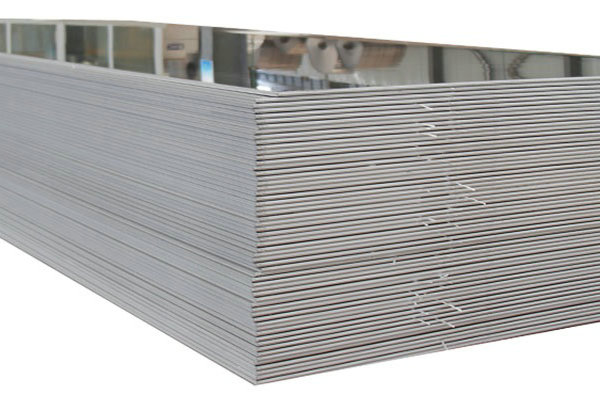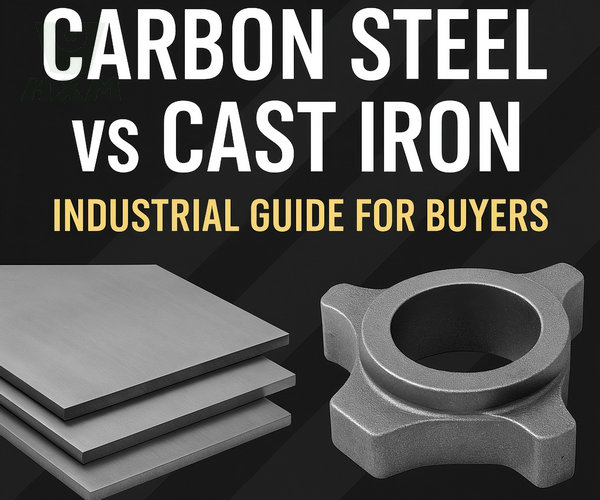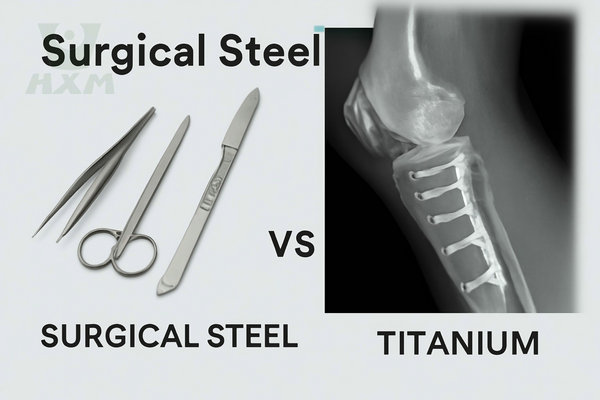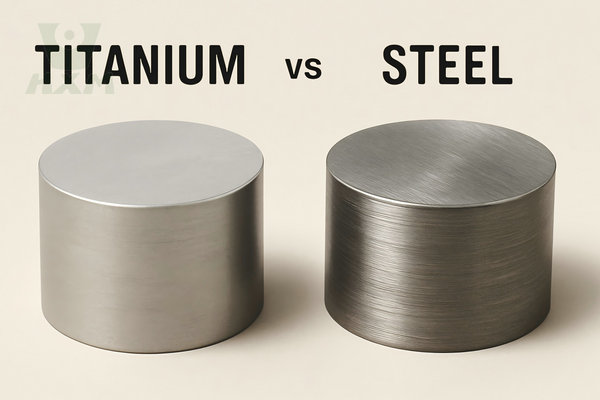First of all, it needs to be clear that steel plate is a very common material in many industries, such as construction, manufacturing, aerospace, and so on. They are used in a wide range of applications, including making steel structures, panels, car bodies, oil tanks, containers, and more. Whether you’re in construction, manufacturing, or another industry, you need to buy or use steel plates, and it’s important to know their weight.
Secondly, the weight of steel plates is directly related to their performance and use. If the weight of the steel plate exceeds expectations, it may cause inconvenience to the user process or even a safety hazard. Therefore, it is very necessary to calculate the weight of steel plates.
The Basic Concept of Steel Plate Weight
A. Steel Plate Density
Steel plate density refers to the mass of steel plate per unit volume. The density of the steel plate varies with the type of steel sheet, and the density of the general steel plate is about 7.85g/cm³. When calculating the weight of a steel plate, the density of the steel plate needs to be used.
Here is a reference table for various metal types we supply:
| Metal / Alloy Type | Density ( kg/m³) | Density (g/cm³) |
| Carbon Steel | 7850 | 7.85 |
| Stainless Steel 304 | 8000 | 8.00 |
| Stainless Steel 316/316L | 8000 | 8.00 |
| Stainless Steel 430 | 7700 | 7.70 |
| Aluminum | 2700 | 2.70 |
| Titanium | 4510 | 4.51 |
| Copper | 8960 | 8.96 |
Need a specific alloy not listed here? Contact our experts for detailed information!
B. Steel Plate Area
The area of the steel plate refers to the area covered by the surface of the steel sheet. When calculating the weight of the steel plate, it is necessary to measure the length and width of the steel plate, and then use the formula to calculate the area of the steel plate.
Area= Length × Width
C. Steel Plate Thickness
D. Unit Conversion
When calculating the weight of a steel plate, dimensions such as length, width, and thickness need to be converted to the same unit for calculation. Common units include millimeters, centimeters, meters, inches, and feet, among others. When using the formula to calculate the weight of the steel plate, the same units must be used.
The above are the basic concepts needed to calculate the weight of steel plate. Next, we will introduce how to calculate the weight of the steel plate.
How to Calculate the Weight of Steel Plate?
A. Formula: Weight = Area x Density x Thickness
The formula for calculating the weight of a steel plate is Weight = Area x Density x Thickness. Among them, area, density, and thickness are all necessary parameters that need to be obtained in actual measurement.
To ensure your calculation is accurate, you must use consistent units. For example, if your dimensions are in meters, the density should be in kg per cubic meter.
B. Example: How to use the formula to calculate the weight of a steel plate
Let’s calculate the weight of a steel plate with the following dimensions:
Length: 2500 mm
Width: 1200 mm
Thickness: 10 mm
Material: Carbon Steel (Density ≈ 7.85 g/cm³)
Step 1: Convert all units to a single system (e.g., meters).
Length: 2500 mm = 2.5 m
Width: 1200 mm = 1.2 m
Thickness: 10 mm = 0.01 m
Density: The standard density of steel is 7850 kg/m³ (kilograms per cubic meter).
Step 2: Calculate the volume.
Volume = 2.5 m × 1.2 m × 0.01 m = 0.03 m³
Step 3: Calculate the final weight.
Weight = Volume × Density
Weight = 0.03 m³ × 7850 kg/m ³ = 235.5 kg
Therefore, the weight of the steel plate is 235.5 kilograms.
It should be noted that when using the above formula for calculation, it is necessary to ensure that all units are the same, such as: area must be in square meters, density must be in grams per cubic centimeter, and thickness must be in millimeters. If the units are different, a unit conversion is required.
Calculating Weight for Different Shapes
Our capabilities extend beyond standard rectangular plates. Here are the formulas for other common shapes.
Circular Steel Plate (Disc):
Formula: Weight = π × (Radius)² × Thickness × Density
Where Radius = Diameter / 2
Steel Pipe or Tube:
Formula: Weight = [π × (Outer Diameter² – Inner Diameter²) / 4] × Length × Density
Steel Bar (Round):
Formula: Weight = [π × (Diameter)² / 4] × Length × Density
If you require assistance calculating the weight for complex or irregular shapes, our technical team is ready to help.
Other Ways to Calculate the Weight of Steel Plate
A. Online Steel Plate Weight Calculator
Now, there are many websites that provide online steel plate weight calculators that can quickly and accurately calculate the weight of steel plates. Using these calculators, you only need to input the parameters such as the length, width and thickness of the steel plate to get the weight of the steel plate. In addition, some steel manufacturers also provide their own plate weight calculators, which may provide more accurate figures.
B. Steel Plate Weight Table
The steel plate weight table is a convenient method for calculating the steel plate weight, usually provided by steel manufacturers. These tables list the weight of steel plates of various specifications and materials, and the weight can be quickly found according to the specifications and materials of the steel plates. The method of using the steel plate weight table is straightforward and does not require any calculations, but it is necessary to ensure that the table used and the steel plate specification exactly match.
The above are other methods for calculating the weight of steel plates, among which the online steel plate weight calculator is more convenient and quick, and the steel plate weight table is more suitable for querying various steel plates of different specifications.
FAQ
How do you calculate steel plate weight in imperial units (inches and pounds)?
To calculate in imperial units, measure length, width, and thickness in inches. Use the density in pounds per cubic inch (lb/in³). For carbon steel, the density is approximately 0.283 lb/in³.
Formula: Weight (lbs) = Length (in) × Width (in) × Thickness (in) × 0.283
Does Huaxiao Metal offer custom cutting services for steel plates?
Yes, we provide comprehensive steel plate processing services, including cutting to your exact required dimensions, drilling, and surface finishing.
What are standard steel plate sizes?
Standard sizes vary by region and manufacturer, but common dimensions include 4ft × 8ft, 5ft × 10ft, and 2m × 6m. However, at Huaxiao Metal, we can supply both standard and custom-sized plates to fit your project’s needs.
Can I get a quote for a specific size and grade of steel plate?
Absolutely. Please use our Request a Quote page and provide your specifications. Our team will respond promptly with a competitive price.
In Conclusion
In this article, we describe how to calculate the weight of a steel plate, as well as other methods for calculating the weight of a steel plate.
First, we introduce the basic concept of steel plate weight, including steel plate density, area, thickness, and unit conversion. Then, we explain in detail how to use the formula to calculate the steel plate weight and give an example.
Next, we introduce other methods for calculating the weight of steel plates. The online steel plate weight calculator is a convenient and quick method. You only need to input the parameters of the steel sheet to get its weight. The steel plate weight table is more suitable for querying steel plates of various specifications.
In conclusion, calculating the weight of steel plates is a basic skill, especially important for those who need to work with them. Proficiency in how to calculate the weight of the steel plate can help us better select and use the steel plate, avoid the problem of being too heavy or too light, and at the same time ensure our work efficiency and quality.
At Huaxiao Metal, we are more than just a supplier. With over 20 years of experience, we provide high-quality Carbon Steel Plates ,Stainless Steel Plates, and other metal plate products to clients worldwide.
We understand that every project is unique. Whether you need a standard stock item or a custom-fabricated piece, we have the inventory, equipment, and expertise to deliver.
Contact us today to discuss your requirements and let us provide the perfect steel solution for you.

